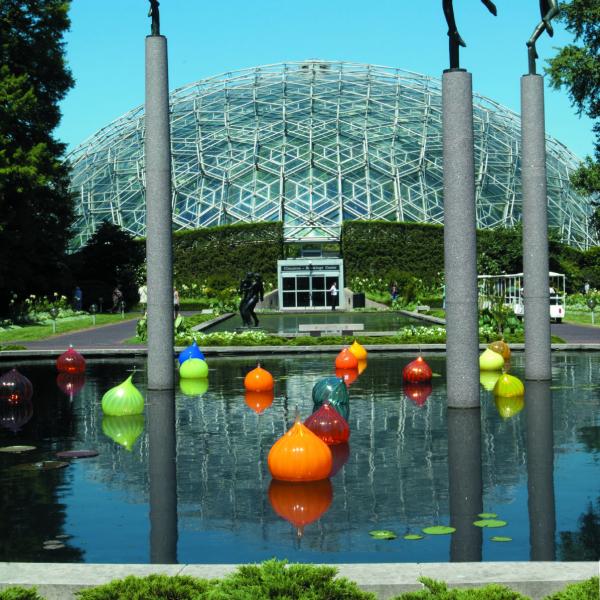Most organisms on this planet rely on the circadian clock to function properly. New research published in Nature Communications from the Pakrasi Lab investigates the function of the clock in unicellular nitrogen fixing cyanobacteria—microbes that exhibit unique metabolic traits.
Cyanobacteria have been around for billions of years. They played a large role in changing the Earth’s environment from oxygen-free to oxygen-rich. These organisms, Himadri Pakrasi said, are “of immense importance in the global carbon and nitrogen cycle.”
“Unicellular cyanobacteria can magically accommodate nitrogen fixation and photosynthesis, processes known to be mutually antagonistic, in a single cell,” Pakrasi continued. In other words, the internal clocks in cyanobacteria help them separate photosynthesis—a process which requires sunlight and produces oxygen—from nitrogen fixation—a process that needs an environment without oxygen.
Despite previous research hinting at the existence of a circadian clock in these organisms, their genetic complexity made them difficult to study in the lab. This means that, up until now, researchers have been unable to dissect the clock function in these cyanobacteria.
However, the Pakrasi Lab study used Cyanothece 51142—a unicellular, nitrogen-fixing bacterium that, most importantly, can be genetically manipulated. Just like a clock, Cyanothece 51142 displays clear patterns of activity that repeat over time. This makes it possible to study the effects of circadian cycles on the bacterium.
In order to do this, the Pakrasi Lab looked at kaiA—one of three genes that make up the clock’s core components within Cyanothece 51142. They found that when kaiA was removed, the cyanobacterium was unable to properly perform its nitrogen fixation duties.
“KaiA is essential for maintaining robust oscillations in physiological processes,” Anindita Banerjee, the lead author of this publication, explained. “This is an absolute necessity for unicellular cyanobacteria to be able to perform both photosynthesis and nitrogen fixation in the same cell.”
These findings could help us better understand how bacteria use internal clocks to survive in changing environments. “Photosynthesis and nitrogen fixation are two fundamental bioenergetic processes that are crucial for the sustenance of life on this planet,” Pakrasi said. “These pioneering findings have certainly paved the way for further research in this direction.”
This study also has connections to other research in the Pakrasi Lab. Cyanothece 51142 is at the center of a DOE funded project that aims to use the nitrogen fixation properties of this organism to develop fertilizers. “Knowledge gained from this work can be extended to this project and many others like it.”




